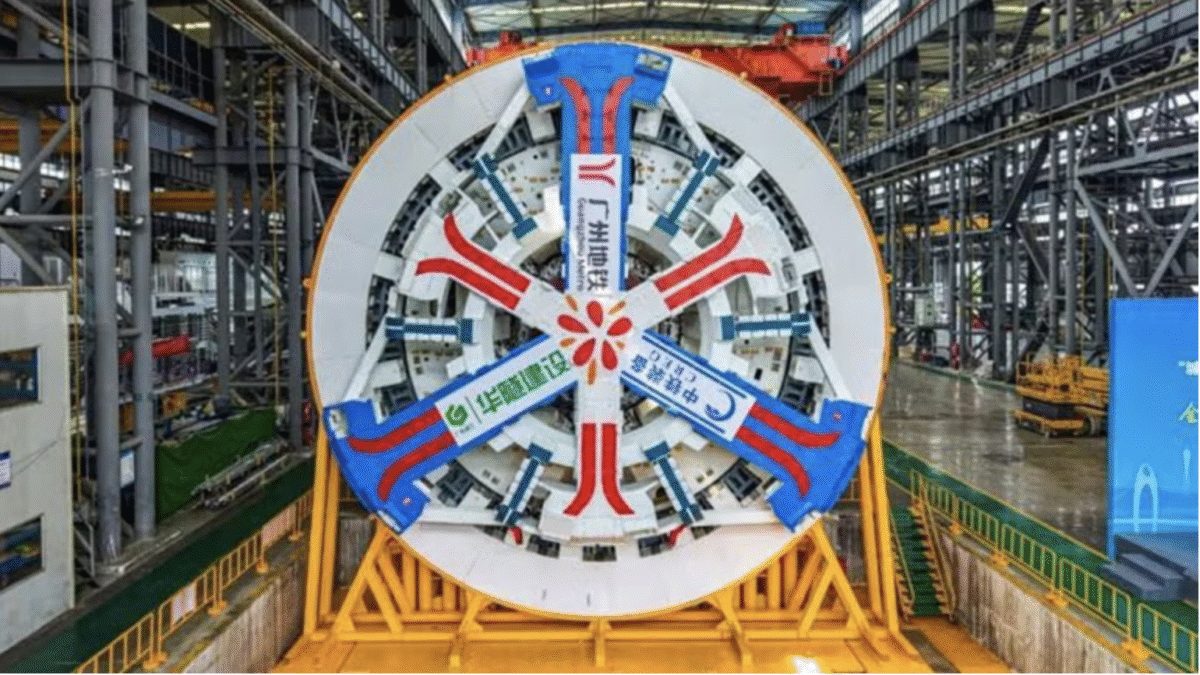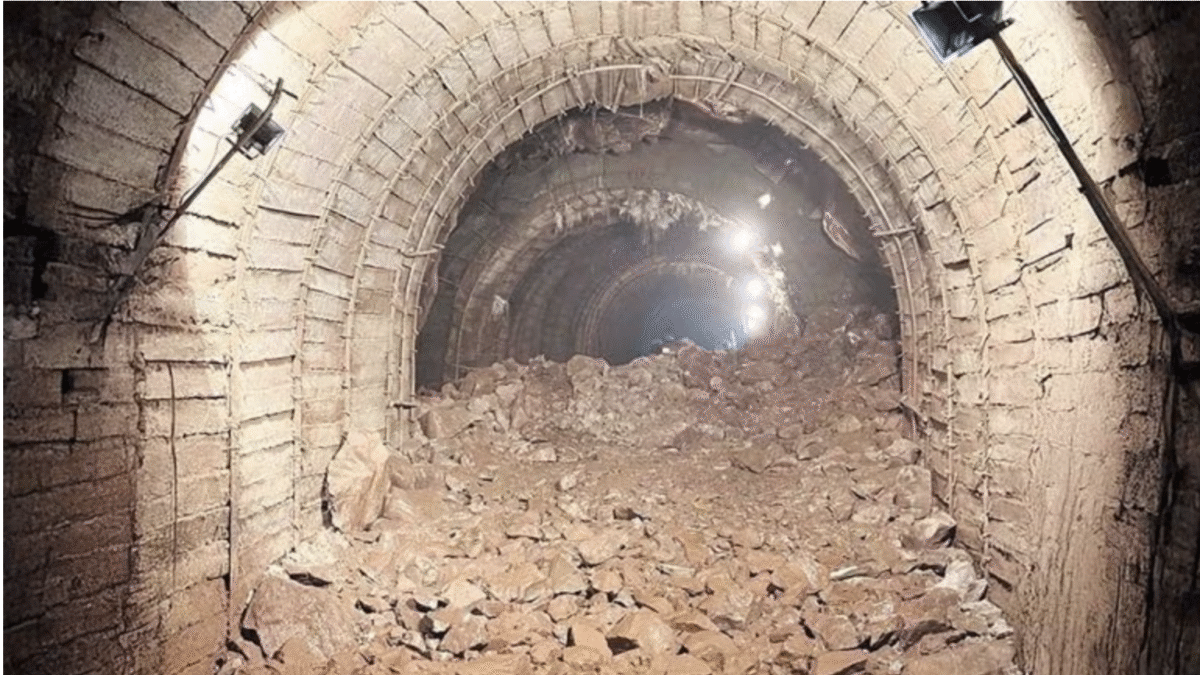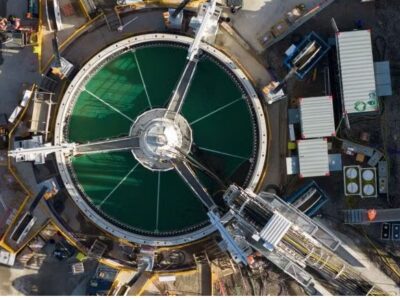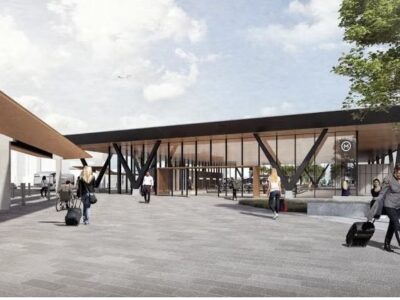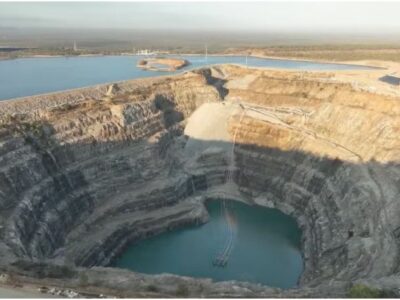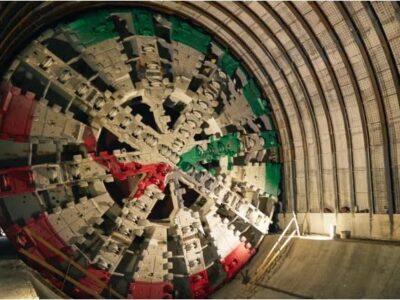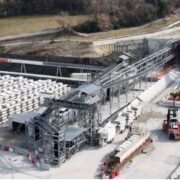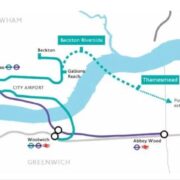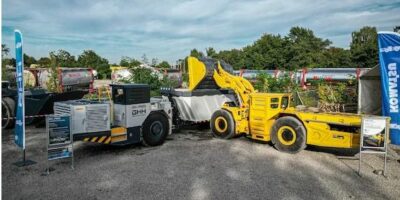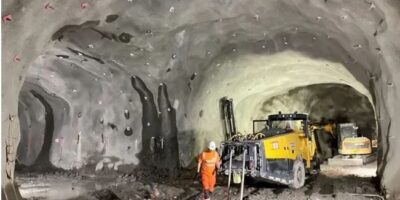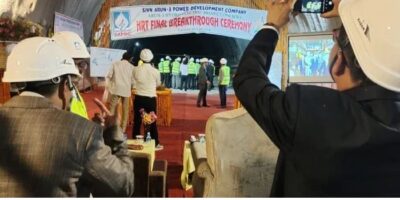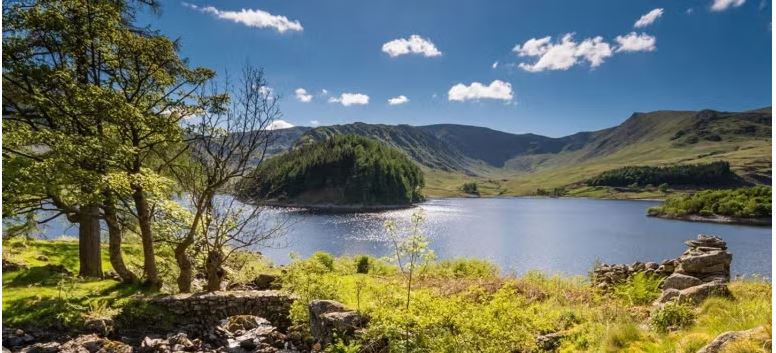
In order to advancing design, build, maintain and finance the Haweswater Aqueduct Resilience Program (HARP), the Strabag Equitix and GLIL Infrastructure Consortium has been appointed by United Utilities.
As the competitively appointed provider (CAP) of the project, this consortium will be known as Cascade Infrastructure, whereas Strabag UK is due to deliver the full design and build of the project.
Also Turner & Townsend has been appointed as the independent technical adviser.
With the aim of being delivered through a direct procurement for customers (DPC) model providing the best value for customers, this complex construction and maintenance program is the first in the UK water sector approved by Ofwat.
While the scheduled date for starting construction is next year, the project is going to replace the six tunnel sections (approximately 50km) along the 110km Haweswater Aqueduct route and has an estimated construction cost of £3bn.
HARP will be the largest infrastructure project undertaken by United Utilities since privatisation. The original aqueduct was completed in the 1950s to increase water supplies to Manchester and the Pennines from the Lake District.
According to United Utilities transformation and strategic programs director Neil Gillespie: “Signing the contract with Cascade Infrastructure was a key milestone for HARP. United Utilities is the first water company to be delivering large-scale investment through the DPC model, and we’re excited to be moving into the delivery phase of one of the most significant infrastructure projects in the north-west.”
“HARP set a new standard for innovation and collaboration in the sector,” said Chris Taylor-Dawson, senior director, major projects and markets at Ofwat.
Being built between 1933 and 1955 by the Manchester Corporation, the local authority at the time, the original 110km pipeline uses gravity to carry 570 million litres of water a day to Cumbria, Lancashire and Greater Manchester.
Following that in 2013 the six tunnel sections were isolated and emptied, the need to replace the existing structures was identified so a team of 80 engineers were enable to provide the first detailed information of the aqueduct’s condition since it was built.
Considering that the new pipeline is slated to be built using TBMs, the original aqueduct was constructed using hand digging and blasting, this has enabled the length of the lining rings to be increased which decreases the total number of rings needed by 3,000 which in turn eliminates 3,000 lorry deliveries.
Cascade Infrastructure CEO Simon Green, said: “Reaching financial close on HARP marks the beginning of a transformative journey that will deliver vital infrastructure improvements throughout the North West, and importantly, deliver infrastructure fit for the future. This achievement is the result of exceptional collaboration, commitment, and hard work from all our partners involved, combining deep expertise and a shared vision for long-term success.”



